Envision
Glossary of Maritime Terms – 3
Manifest
The ship captain’s list of individual goods that make up the ship’s cargo.
Marine surveyor
Person who inspects a ship hull or its cargo for damage or
quality.
Master
The officer in charge of the ship. “Captain” is a courtesy title often given
to a master.
Maritime
(adjective) Located on or near the sea. Commerce or navigation by sea.
The maritime industry includes people working for transportation (ship, rail, truck
and towboat/barge) companies, freight forwarders and customs brokers,
stevedoring companies, labor unions, chandlers, warehouses, ship building and
repair firms, importers/exporters, pilot associations, etc.
Marshaling yard
This is a container parking lot, or any open area where
containers are stored in a precise order according to the ship loading plan.
Containers terminals may use a grounded or wheeled layout. If the cargo box is
placed directly on the ground, it is called a grounded operation. If the box is on a
chassis/trailer, it is a wheeled operation.
Mean low water (MLW)
Lowest average level water reaches on an outgoing tide.
mean high water (MHW): Highest average level water reaches on an outgoing
tide.
Mooring dolphin
A cluster of pilings to which a boat or barge ties up.
motor ship (MS) or motor vessel (MV): A ship propelled by internal-combustion
engines.
NVOCC
A non-vessel-owning common carrier that buys space aboard a ship to get
a lower volume rate. An NVOCC then sells that space to various small shippers,
consolidates their freight, issues bills of lading and books space aboard a ship.
neo-bulk cargo: Uniformly packaged goods, such as wood pulp bales, which stow
as solidly as bulk, but are handled as general cargoes.
ocean carrier: Diesel-fueled vessels have replaced the old steamships of the past,
although many people still refer to modern diesel ships as steamships. Likewise, the
person who represents the ship in port is still often called a steamship agent. (See:
steamship agent)
On-dock rail
Direct shipside rail service. Includes the ability to load and unload
containers/breakbulk directly from rail car to vessel.
On-terminal rail
Rail service and trackage provided by a railroad within a
designated terminal area.
Operating port
At an operational port like Charleston, South Carolina, the port
authority builds the wharves, owns the cranes and cargo-handling equipment and
hires the labor to move cargo in the sheds and yards. A stevedore hires longshore
labor to lift cargo between the ship and the dock, where the port’s laborers pick it
up and bring it to the storage site. (See landlord port.)
Pallet
A short wooden, metal or plastic platform on which package cargo is placed,
then handled by a forklift truck.
Pier
A structure which just out into a waterway from the shore, for mooring
vessels and cargo handling. Sometimes called a finger pier.
Piggyback
A rail transport mode where a loaded truck trailer is shipped on a rail
flatcar.
Pilot
A licensed navigational guide with thorough knowledge of a particular section
of a waterway whose occupation is to steep ships along a coast or into and out of a
harbor. Local pilots board the ship to advise the captain and navigator of local
navigation conditions (difficult currents; hidden wrecks, etc.).
Port
This term is used both for the harbor area where ships are docked and for the
agency (port authority), which administers use of public wharves and port
properties.
Port-of-call
Port at which cruise ship makes a stop along its itinerary. Calls may
range from five to 24 hours. Sometimes referred to as “transit port” and
“destination port.” (See also: home port)
Project cargo
The materials and equipment to assemble a special project
overseas, such as a factory or highway.
Quay
A wharf, which parallels the waterline.
railhead: End of the railroad line or point in the area of operations at which cargo
is loaded and unloaded.
Railyard
A rail terminal at which occur traditional railroad activities for sorting and
redistribution of railcars and cargo.
Reefer
A container with refrigeration for transporting frozen foods (meat, ice
cream, fruit, etc.)
refrigeration or reefer units: The protective cooling of perishable freight by ice,
liquid nitrogen, or mechanical devices
ro/ro
Short for roll on/roll/off . A ro/ro ship is designed with ramps that can be
lowered to the dock so cars, buses, trucks or other vehicles can drive into the belly
of the ship, rather than be lifted aboard. A ro/ro ship, like a container ship, has a
quick turnaround time of about 12 hours.
Rubber-Tired Gantry (RTG)
Traveling crane used for the movement and
positioning of containers in a container field. RTG’s may also be used for loading
and unloading containers from rail cars.
Sheddage
Regardless of the length of stay, a vessel is charged a one-time fee for
use of shed space and/or marginal (waterside) rail track space. The charge is based
on the length of a vessel.
Short ton
A short ton equals 2,000. Lifting capacity and cargo measurements are
designated in short tons.
Spreader
a device for lifting containers by their corner posts. The spreader bar on
a container crane is telescopic to allow lifting various length containers.
Steamship
Today, ships that transport cargo overseas are powered by diesel fuel
instead of steam. Many people still use the term “steamship,” but the more modern
term for the service is “ocean carrier” and for the ship itself, “motor vessel.”
Steamship agent
The local representative who acts as a liaison among ship
owners, local port authorities, terminals and supply/service companies. An agent
handles all details for getting the ship into port; having it unloaded and loaded;
inspected and out to sea quickly. An agent arranges for pilots; tug services;
stevedores; inspections, etc., as well as, seeing that a ship is supplied with food,
water, mail, medical services, etc. A steamship agency does not own the ship.
steamship company: A business that owns ships that operate in international
trade .
Steamship line
A steamship (ocean carrier) service running on a particular
international route. Examples: NSCSA (National Shipping Company of Saudi
Arabia), American President Lines (APL), Maersk Sealand, Evergreen, etc.
Stevedores
Labor management companies that provide equipment and hire
workers to transfer cargo between ships and docks. Stevedore companies may also
serve as terminal operators. The laborers hired by the stevedoring firms are called
stevedores or longshoremen.
Straddle carrier
Container terminal equipment, which is motorized and runs on
rubber tires. It can straddle a single row of containers and is primarily used to
move containers around the terminal, but also to transport containers to and from
the transtainer and load/unload containers from truck chassis.
Stripping
The process of removing cargo from a container.
stuffing: The process of packing a container with loose cargo prior to inland or
ocean shipment.
Tank barges
Used for transporting bulk liquids, such as petroleum, chemicals,
molasses, vegetable oils and liquefied gases.
Tariff
Schedule, system of duties imposed by a government on the import/export
of goods; also, the charges, rates and rules of a transportation company as listed in
published industry tables.
Terminal
The place where cargo is handled is called a terminal (or a wharf).
Terminal operator
The company that operates cargo handling activities on a
wharf . A terminal operator oversees unloading cargo from ship to dock, checking
the quantity of cargoes versus the ship’s manifest (list of goods), transferring of the
cargo into the shed, checking documents authorizing a trucker to pick up cargo,
overseeing the loading/unloading of railroad cars, etc.
Toplift
A piece of equipment similar to a forklift that lifts from above rather than
below. Used to handle containers in the storage yard to and from storage stacks,
trucks and railcars.
Towboat
A snub-nosed boat with push knees used for pushing barges. A small
towboat (called a push boat) may push one or two barges around the harbor. A
large towboat is used to push from 5 to 40 barges in a tow is called a line boat.
From the Port of New Orleans, line boats deliver cargo to Mid-America via the
14,500-mile waterway system flowing through the Crescent City.
(See also tug boat)
Tractor-trailer
Some trucks are a solid unit, such as a van, but many have three
main units. The front section where the driver sits is called the cab or the tractor
(because it pulls a load). Cargo is loaded into the metal box (container), which is
loaded onto the wheel base called a chassis or a trailer. These big trucks are often
also called 18-wheelers.
Trailer On Flat Car (TOFC)
A container placed on a chassis that is in turn placed on a railroad car.
Tramp
A ship operating with no fixed route or published schedule.
Transit port
When the majority of cargoes moving through a port aren’t coming
from or destined for the local market, the port is called a transit (or through) port.
Transit shed
The shed on a wharf is designed to protect cargoes from weather
damage and is used only for short-term storage. Warehouses operated by private
firms house goods for longer periods.
Transshipment
The unloading of cargo at a port or point where it is then
reloaded, sometimes into another mode of transportation, for transfer to a final
destination.
Transtainer
A type of crane used in the handling of containers, which is
motorized, mounted on rubber tires and can straddle at least four railway tracks,
some up to six, with a lifting capacity of 35 tons for loading and unloading
containers to and from railway cards.
Trucks
Heavy automotive vehicles used to transport cargo. In the maritime
industry, cargo is often carried by tractor-trailers. The tractor is the front part of
the vehicle, also called a cab. The trailer is the detachable wheeled chassis behind
the tractor, on which containers or other cargoes are placed. (See: common
carrier; heavy hauler; drayage)
Tugboat
Strong v-hull shaped boat used for maneuvering ships into and out of
port and to carry supplies. A ship is too powerful to pull up to the wharf on its own.
It cuts power and lets the tug nudge it in. Generally barges are pushed by
towboats, not tugs.
Twenty Foot Equivalent Unit (TEU)
A unit of measurement equal to the space
occupied by a standard twenty foot container. Used in stating the capacity of
container vessel or storage area. One 40 ft. Container is equal to two TEU’s.
U. S. Army Corps of Engineers: See Corps of Engineers.
U. S. Customs: See Customs.
Vessel
A ship or large boat.
Vessel operator
A firm that charters vessels for its service requirements, which
are handled by their own offices or appointed agents at ports of call. Vessel
operators also handle the operation of vessels on behalf of owners.
Warehouse
A place in which goods or merchandise is stored.
Way bill
The document used to identify the shipper and consignee, present the
routing, describe the goods, present the applicable rate, show the weight of the
shipment, and make other useful information notations.
Wharf
The place at which ships tie up to unload and load cargo. The wharf
typically has front and rear loading docks (aprons), a transit shed, open
(unshedded) storage areas, truck bays, and rail tracks.
Wharfage fee
A charge assessed by a pier or wharf owner for handling incoming
or outgoing cargo.
Yard
a system of tracks within a certain area used for making up trains, storing
cars, placing cars to be loaded or unloaded, etc.
Glossary courtesy of: The Port of New Orleans www.pola.com, Georgia Ports Authority www.gaports.com, and the Port of Halifax www.portofhalifax.com.
Talk to us today to know how our solutions can accelerate your digital transformation
Let's Talk




.webp)
.webp)
.webp)
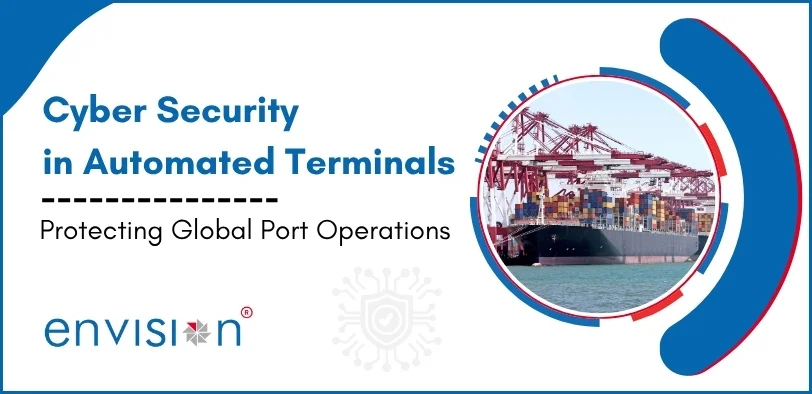



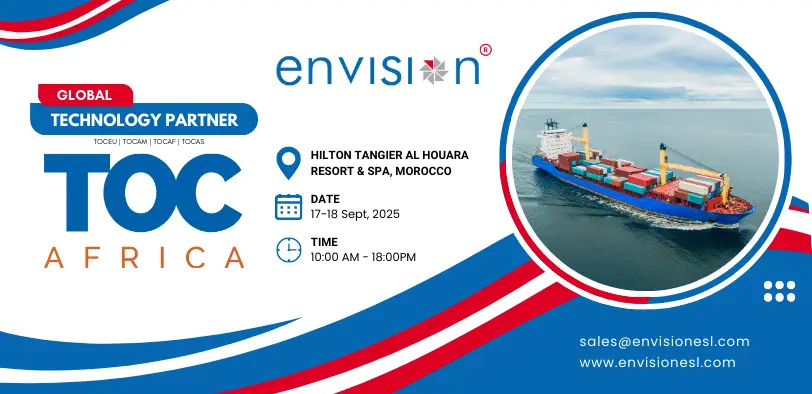
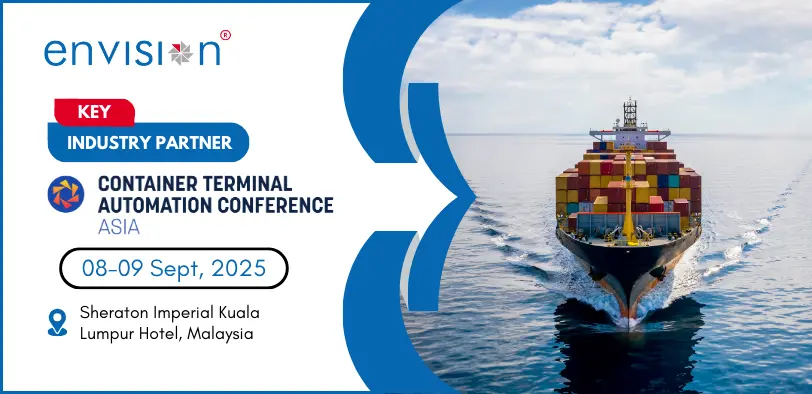
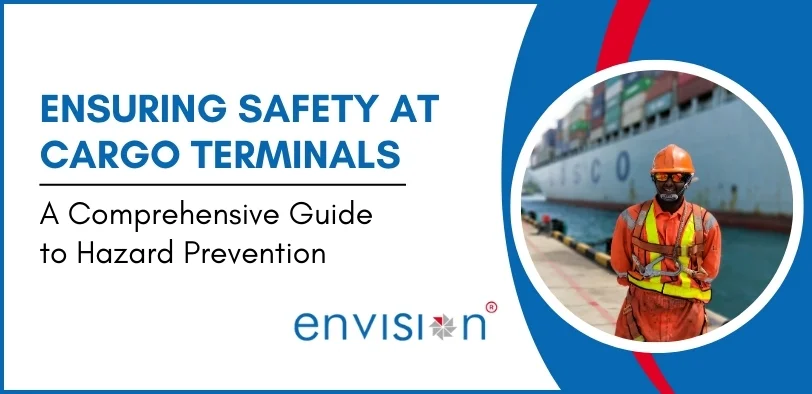

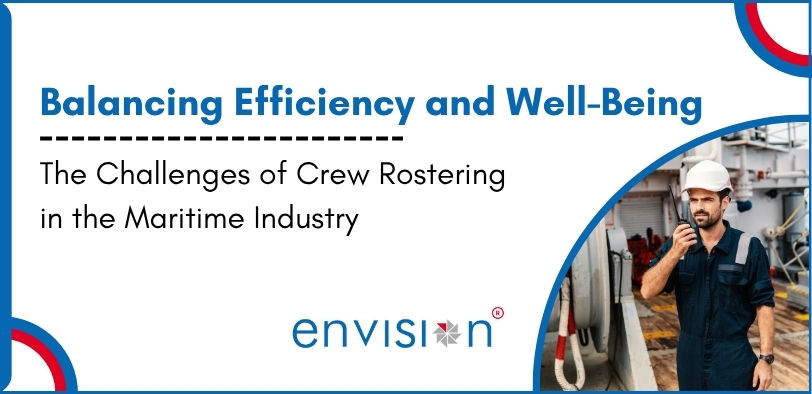
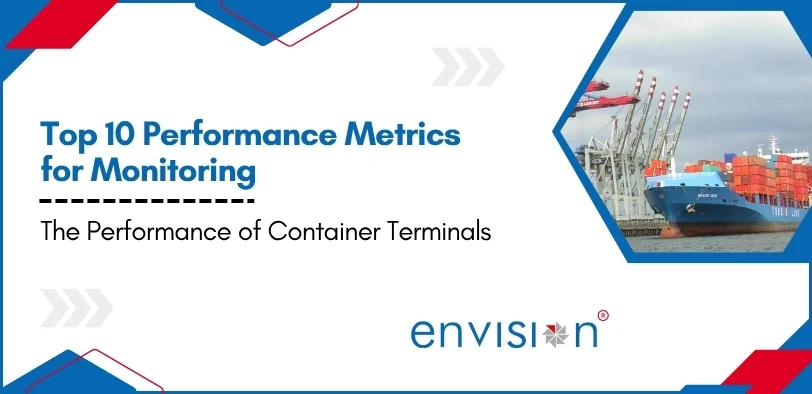

.webp)
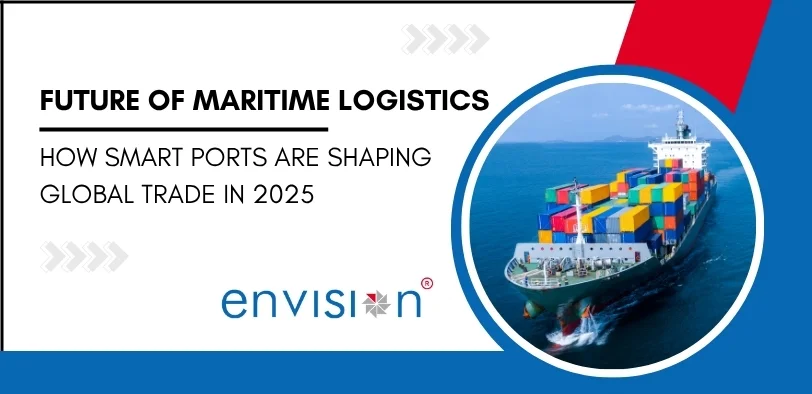







%20ver1_1.webp)







.webp)
.png)
.png)







































